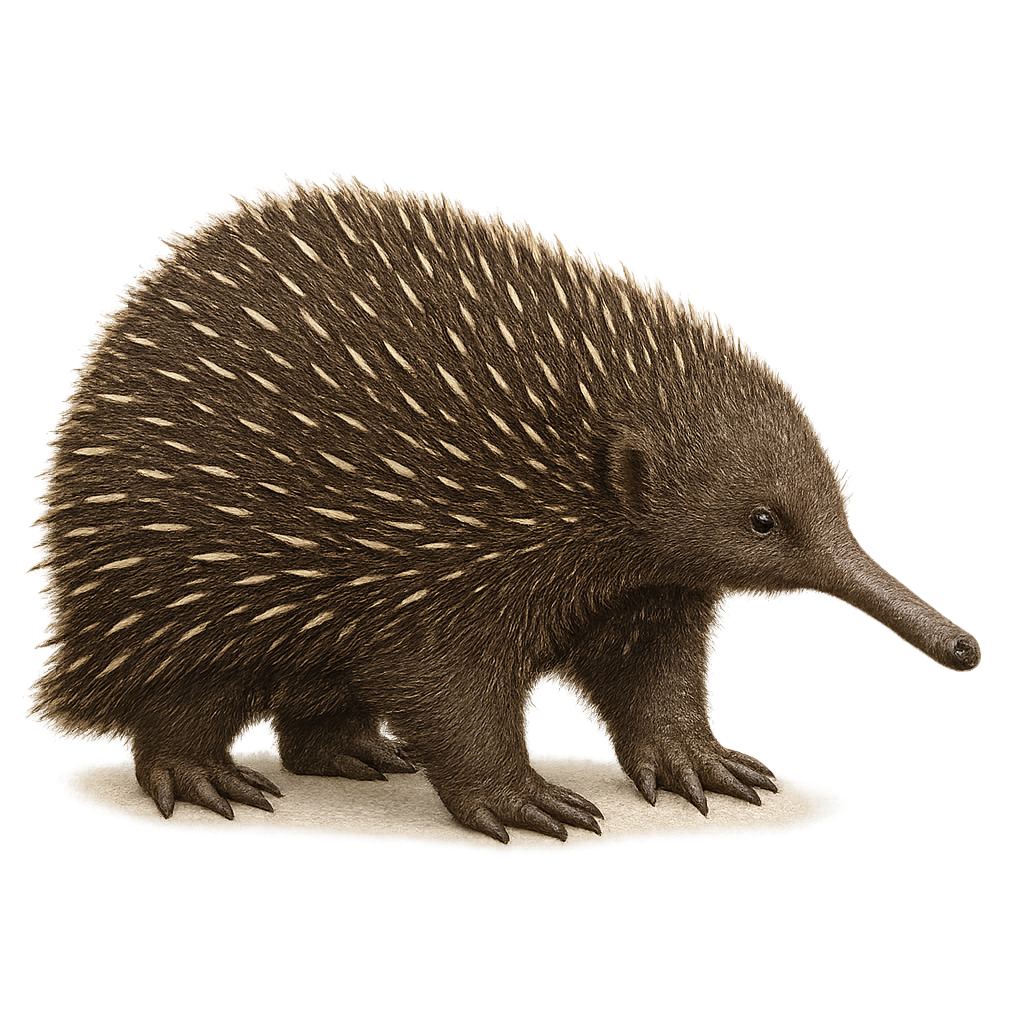Your wildlife photography guide.
Explore the western long-beaked echidna in detail, study its behavior, prepare your shots.
Where to observe and photograph the western long-beaked echidna in the wild
Learn where and when to spot the western long-beaked echidna in the wild, how to identify the species based on distinctive features, and what natural environments it inhabits. The WildlifePhotographer app offers tailored photography tips that reflect the western long-beaked echidna’s behavior, helping you capture better wildlife images. Explore the full species profile for key information including description, habitat, active periods, and approach techniques.
Western Long-beaked Echidna
Scientific name: Zaglossus bruijni

IUCN Status: Critically Endangered
Family: TACHYGLOSSIDAE
Group: Mammals
Sensitivity to human approach: Suspicious
Minimum approach distance: 10 m
Rut period: June to August
Gestation: 220-230 jours
Births: January to March
Habitat:
Tropical forests, mountains, rainforests
Activity period :
Mainly active at night, generally discreet during the day.
Identification and description:
The Western Long-beaked Echidna, or Zaglossus bruijni, is a fascinating mammal native to New Guinea. It is distinguished by its long snout and dorsal spines, similar to those of a hedgehog. This animal is a monotreme, meaning it lays eggs while being a mammal. It primarily feeds on earthworms and insects, which it finds using its sensitive snout. The Western Long-beaked Echidna is a solitary and discreet animal, living in dense forests and mountainous regions. Unfortunately, it is threatened by habitat loss and hunting, making it critically endangered according to the IUCN.
Recommended lens:
400 mm – adjust based on distance, desired framing (portrait or habitat), and approach conditions.
Photography tips:
To photograph the Western Long-beaked Echidna, it is advisable to use a telephoto lens of at least 400mm to capture detailed images without disturbing the animal. Look for it in the tropical forests and mountains of New Guinea, where it is more active at night. Be patient and discreet, as this animal is suspicious and solitary. Use a tripod to stabilize your camera in low-light conditions and try to capture the echidna while it is foraging, which can offer interesting and dynamic shots.
The WildlifePhotographer App is coming soon!
Be the first to explore the best nature spots, track rutting seasons, log your observations, and observe more wildlife.
Already 1 430 wildlife lovers subscribed worldwide

